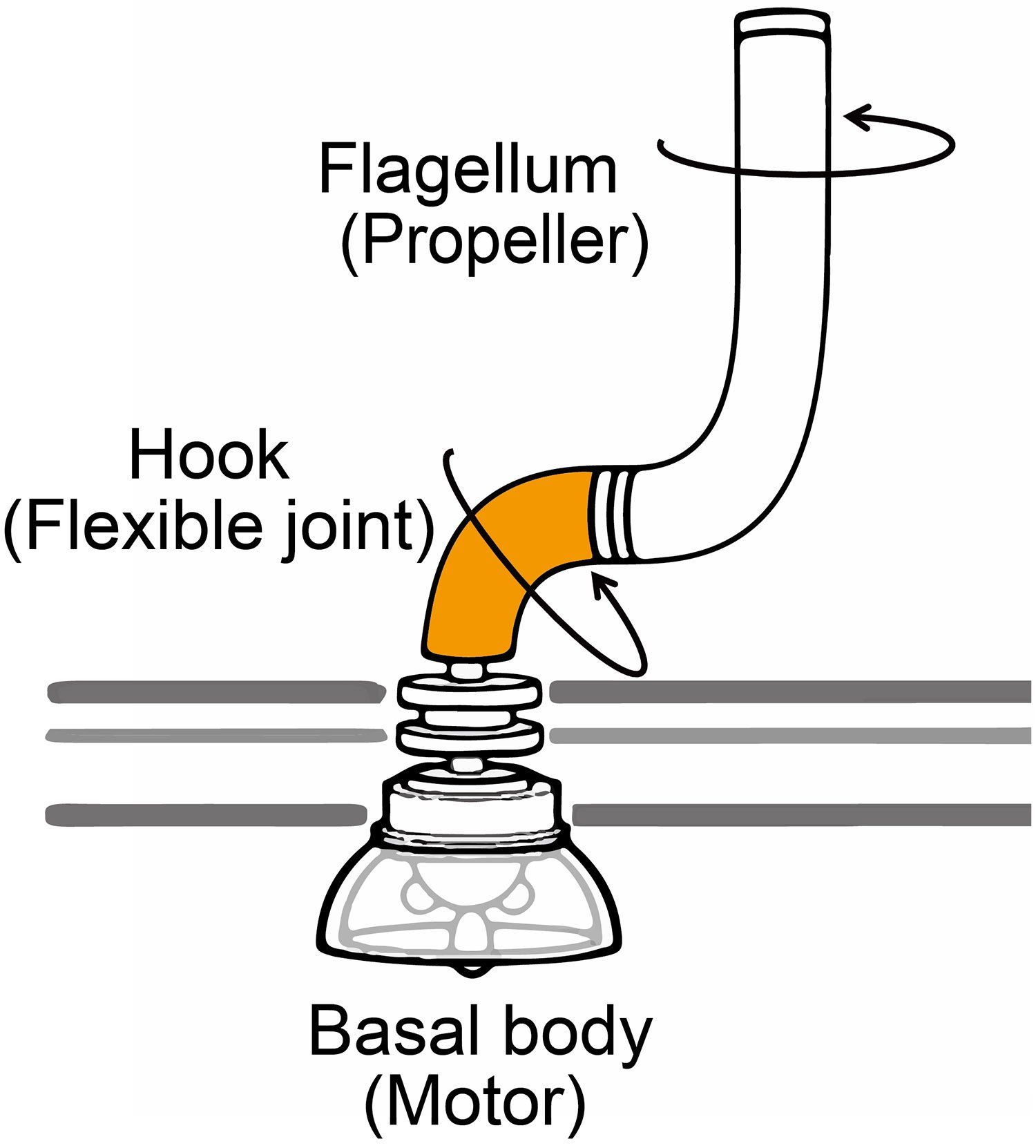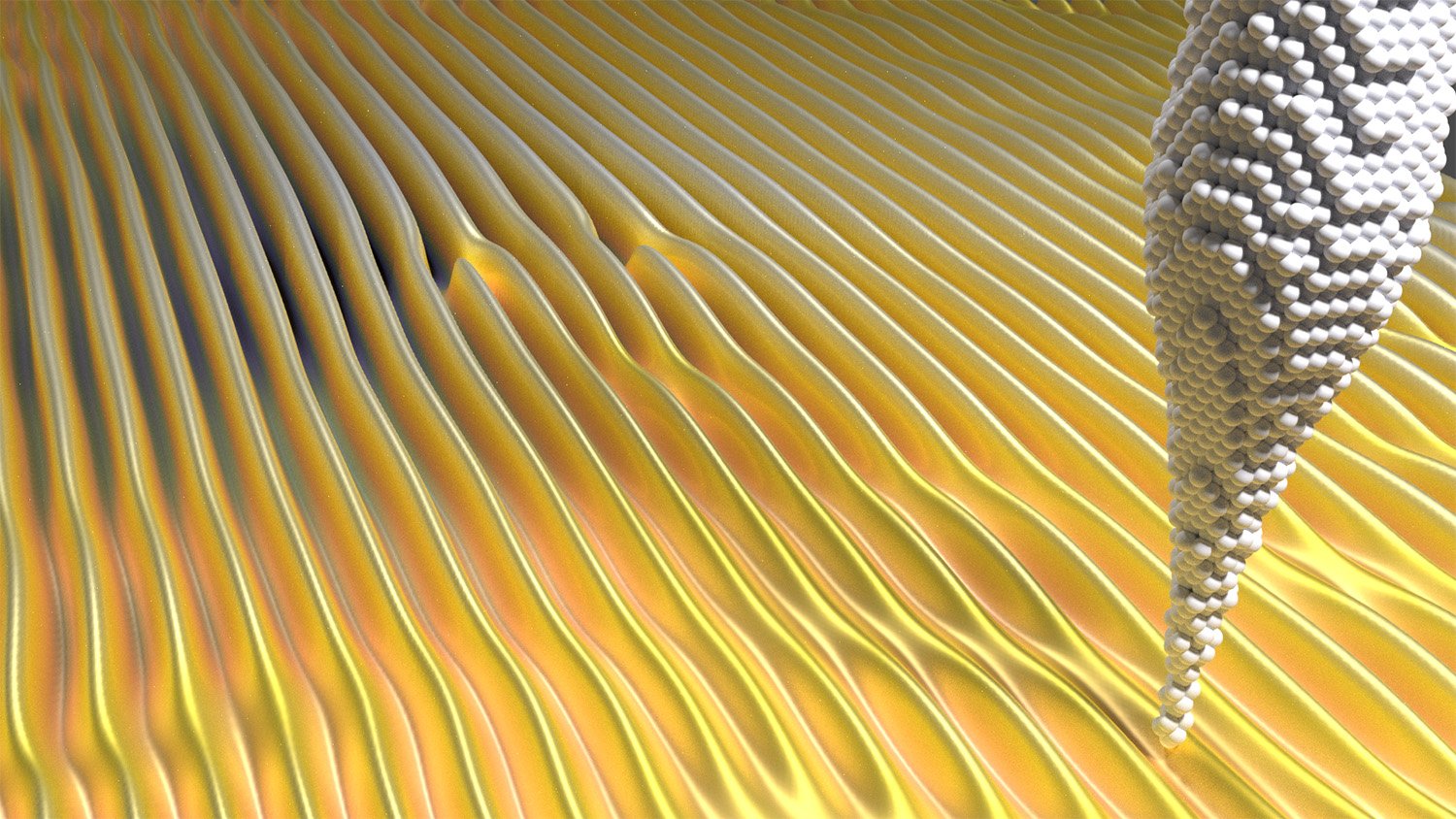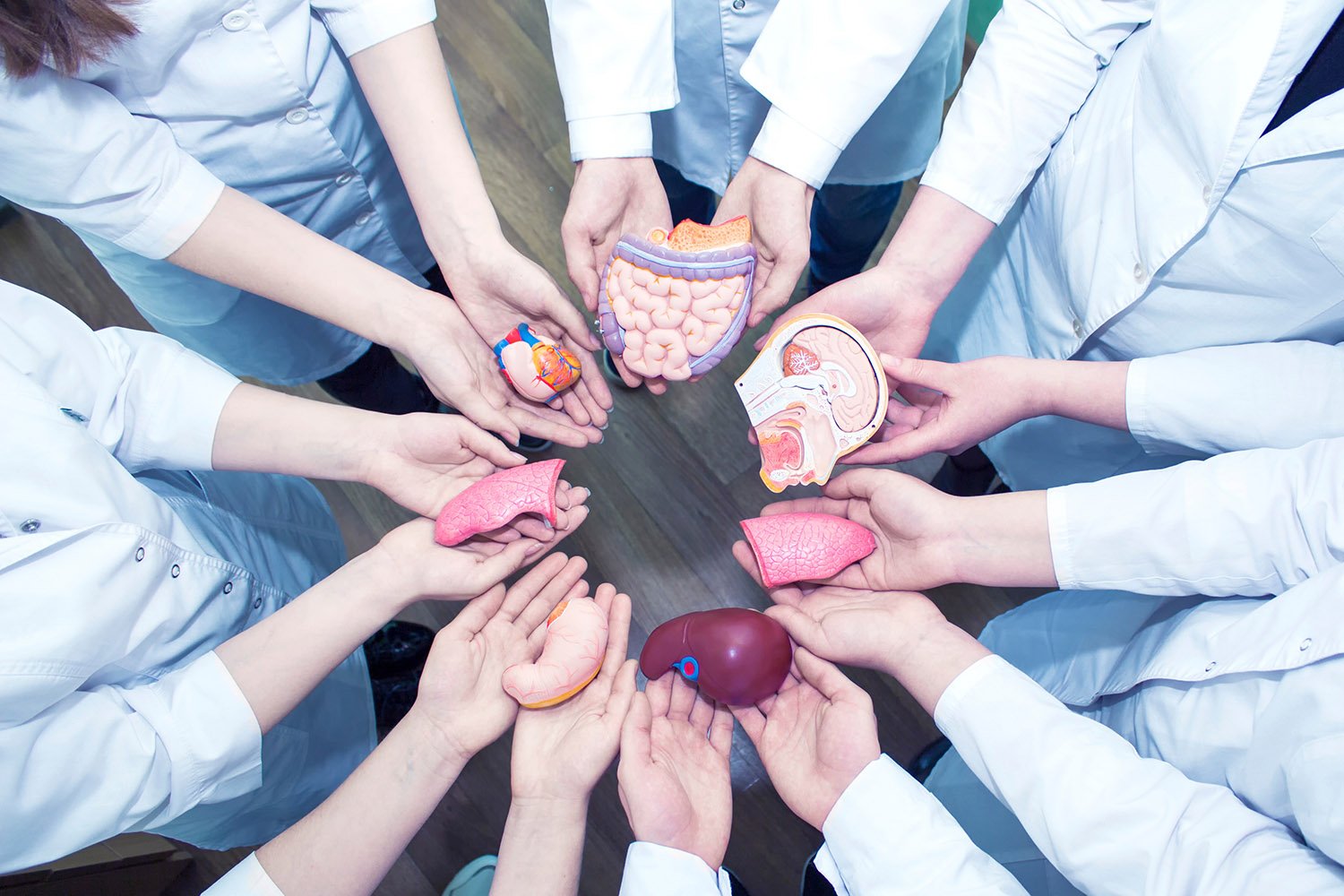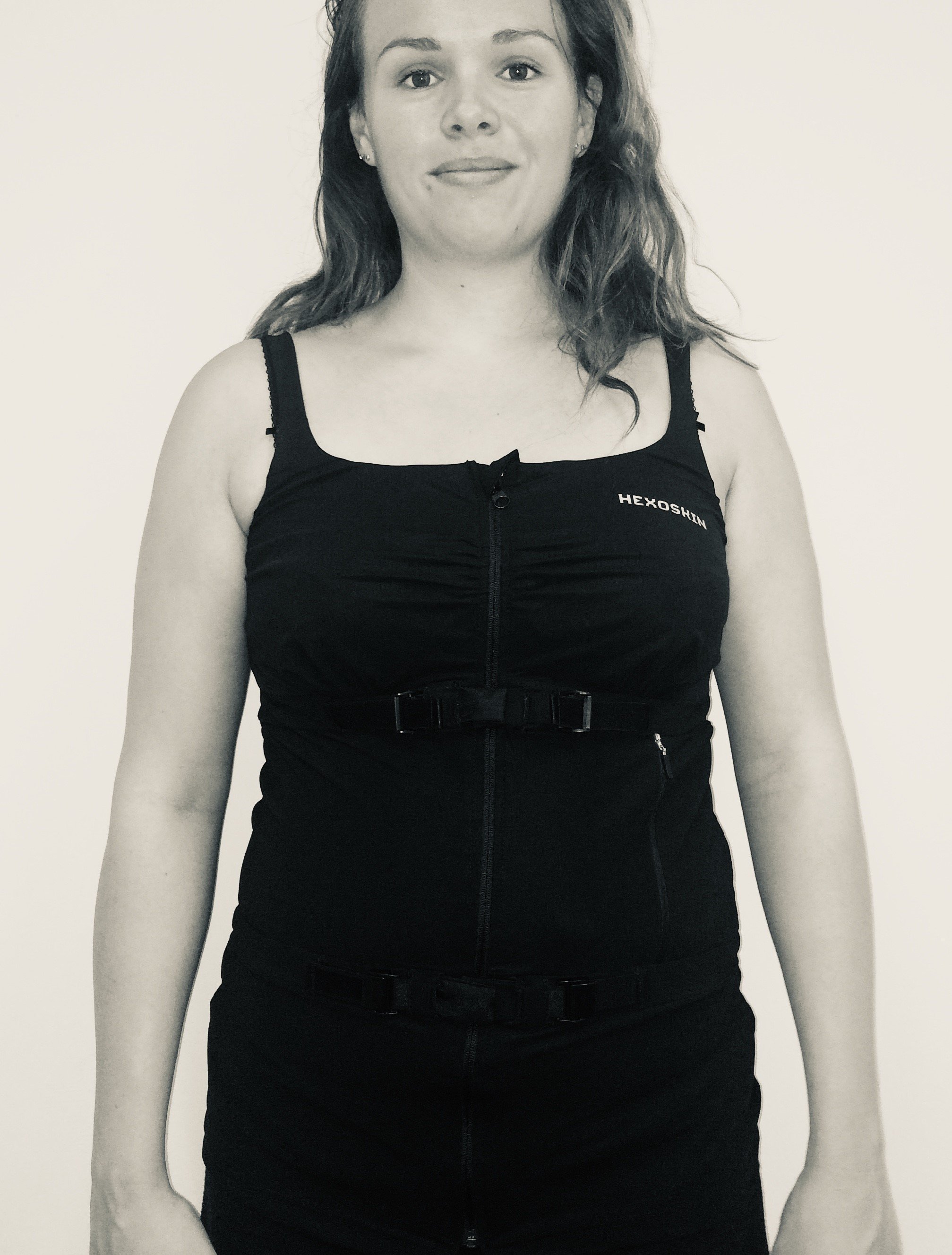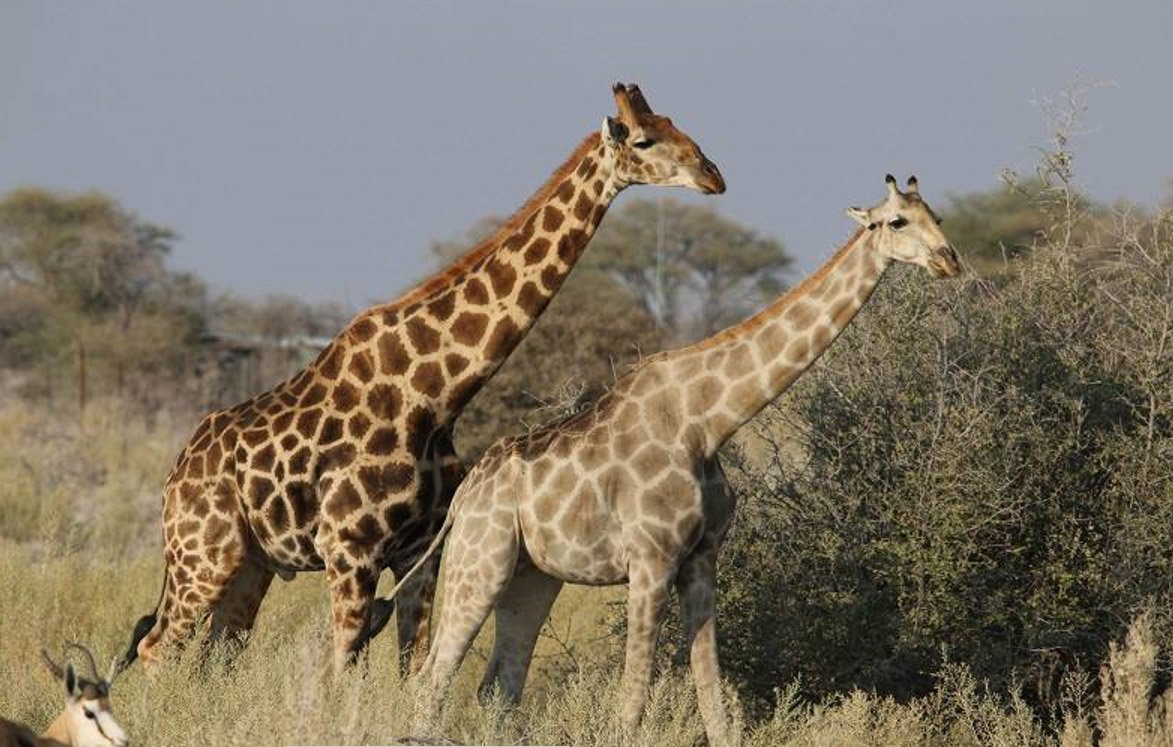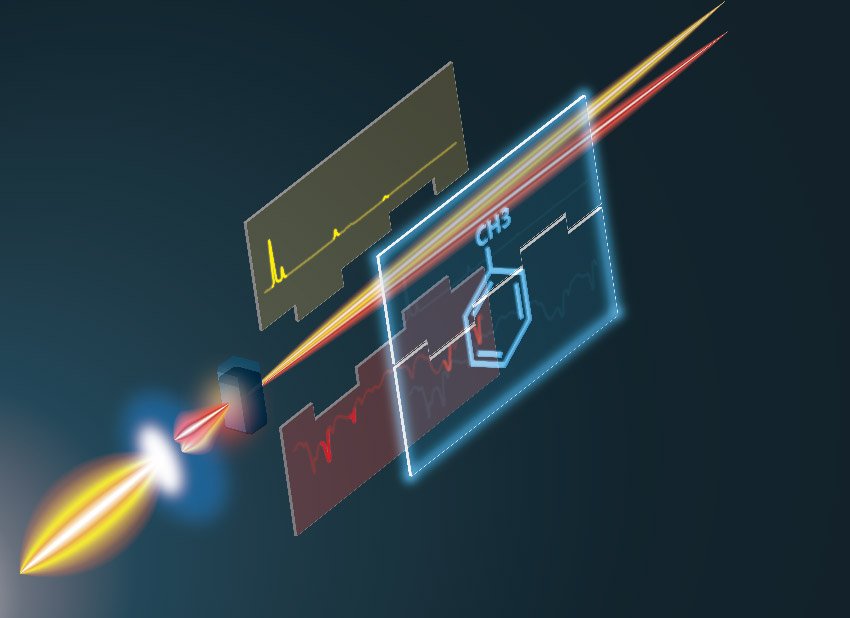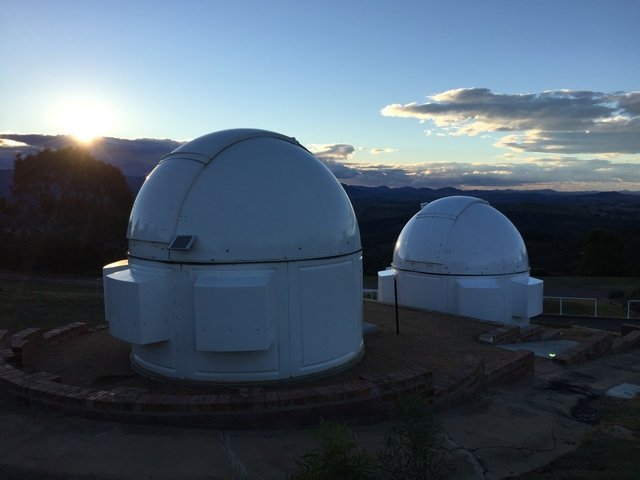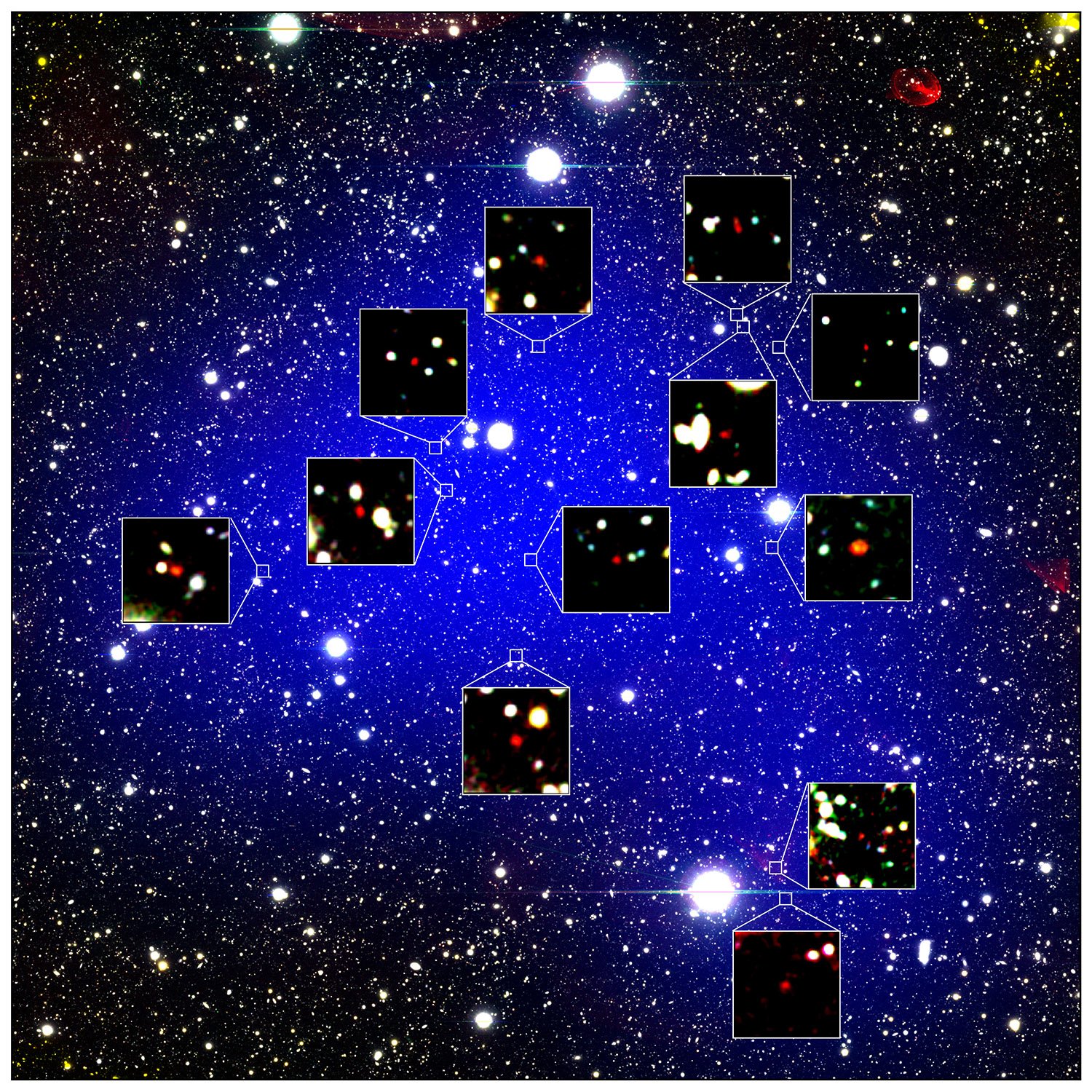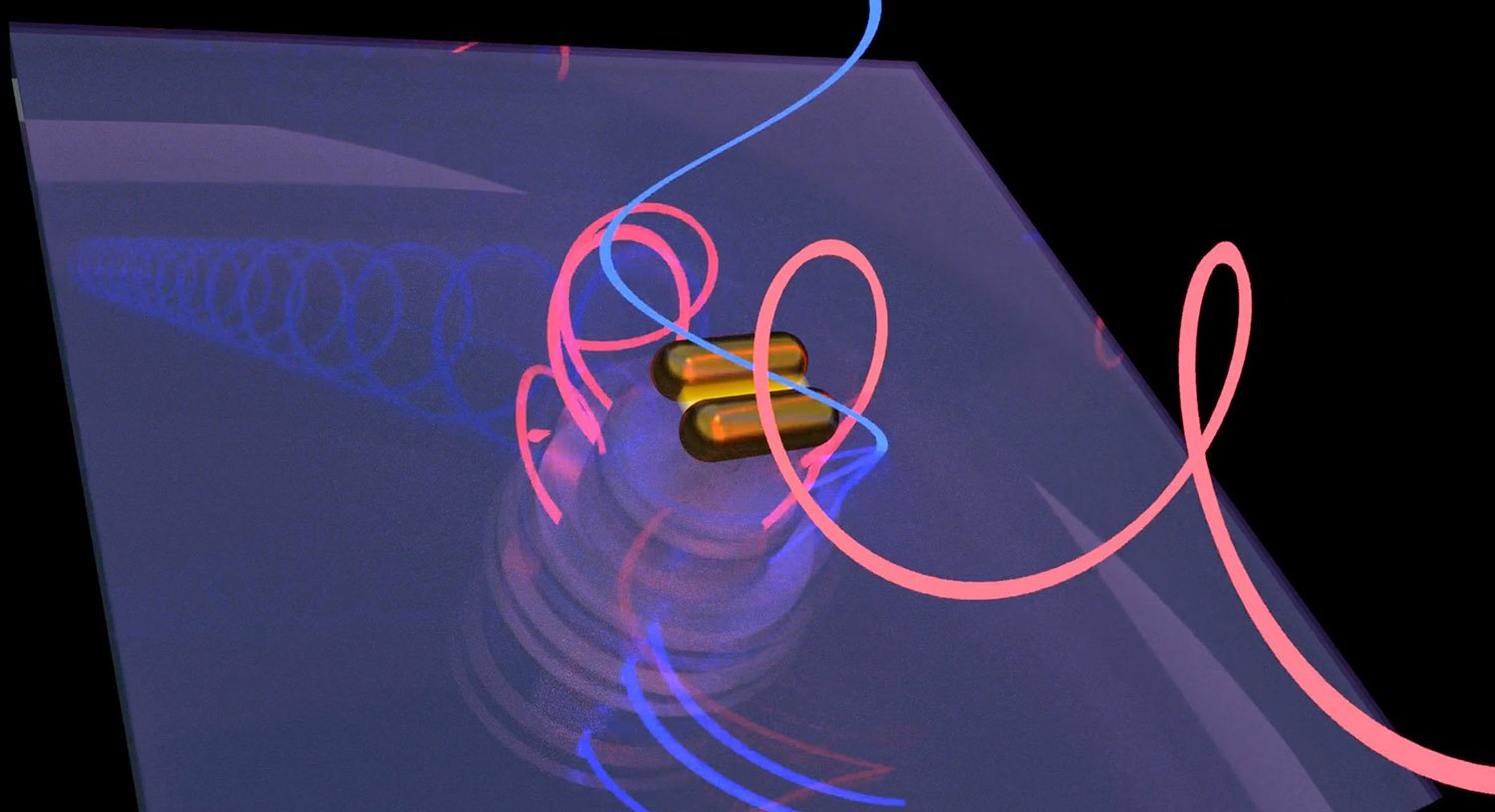The flagellar hook: Making sense of bacterial motility
The flagellum is often cited as an example of natural design ingenuity – it is a powerful nanomachine that allows bacteria to swim effortlessly in search of food. Yet despite being a popular object of study over the last half a century, the flagellum’s exact mechanics remain enigmatic. Researchers at the Okinawa Institute of Science … Read more
